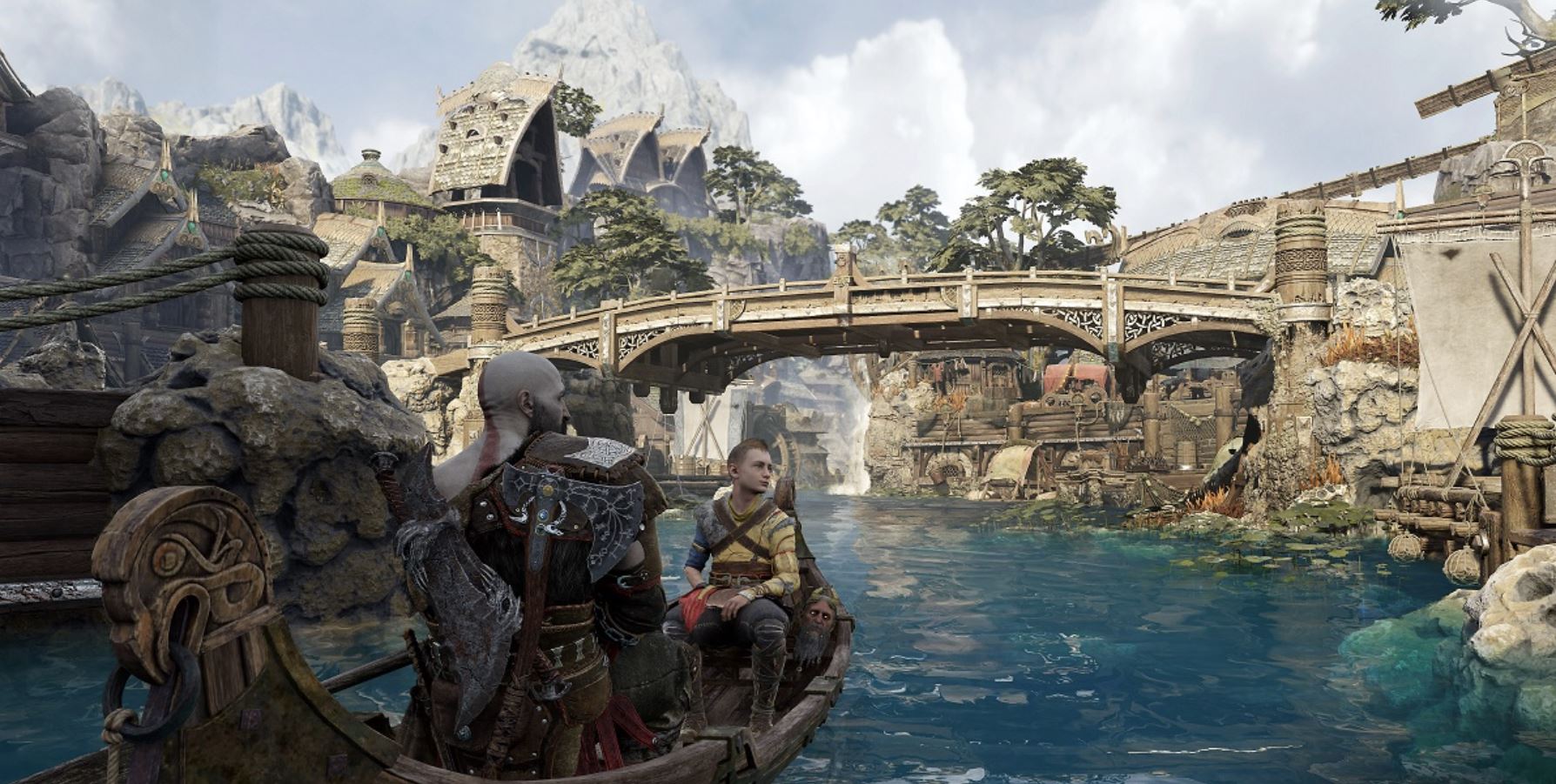PlayStation fans naturally have many questions about God of War: Ragnarok that we won’t try to answer until more people have actually had a chance to play the game. However, it’s pretty clear that quite a few people already want to know if Ragnarok is an open-world game. It’s a question that almost always pops up around the time of major new game releases, though it’s surprisingly difficult to answer in this particular instance.
To keep things as simple as possible, God of War Ragnarok is not an open-world game in any traditional way. That is to say that it’s not an open-world game in the spirit of sandbox series like GTA, Far Cry, or the Horizon series. The game doesn’t drop you into a massive map and ask you to complete various objectives in whatever order and manner you see fit (or simply find your own fun). Those looking for that kind of open-world experience will want to look elsewhere.
What makes Ragnarok‘s genre classification so complicated is the fact that it does feature quite a few slightly more traditional open-world elements.
If you played God of War 2018, you’ll be familiar with this game’s basic setup. In other words, parts of Ragnarok are actually very structured (or “linear”) and other parts of the game afford you a degree of freedom when it comes to deciding where you go next. Basically, there are large chunks of the game where you can choose to either stay on the main narrative path or pursue any number of sidequests and other adventures located in the immediate area.
What’s interesting about Ragnarok, though, is that it emphasizes those slightly more open moments more than its predecessor did. Without getting into spoilers, Ragnarok doesn’t make you wait nearly as long to get to the parts of the game where you’re offered some more choices on where to go and what to do. World traversal options and side objectives appear much earlier in this game than they did in God of War 2018.
However, Ragnarok doesn’t really commit to that open-ended structure until much later in the game when you’ve unlocked every available area (or most of them) and can choose to go where you want and do what you want. Even then, large chunks of the game’s world are connected by travel devices and other mechanics that don’t let you wander between them at your absolute leisure.
It’s not an unusual setup in the grand scheme of things, but it’s slightly more unusual than what we’re used to seeing in a lot of major modern releases. After all, even a game like Elden Ring (which featured traditional structured “stages” and gated progression-based areas) still allowed you to explore a large world map with a notable degree of freedom. Ragnarok trends a little more in that direction than its predecessor did, but it doesn’t fully commit to those open-world concepts this time around.
So while you shouldn’t go into Ragnarok expecting a true open-world game, do remember that the game offers you quite a bit of freedom when it comes to certain completion and navigation mechanics. In other words, don’t fret if you feel like you’ve missed something. You’ll likely have some chance to go back to it at some point.
